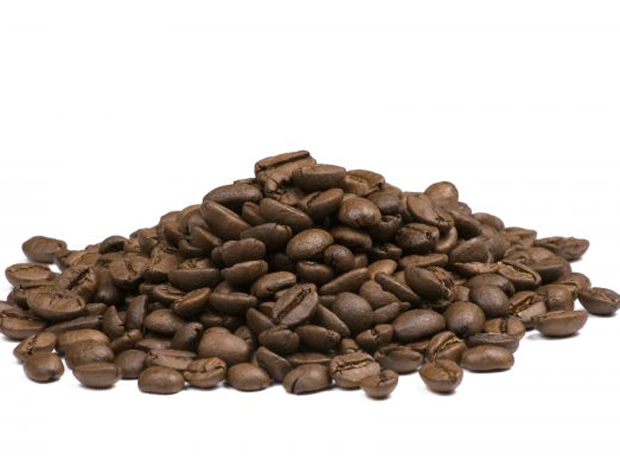
Supplies of everyday food products like chocolate, coffee and tea are based on increasingly risky sources.
A history of continuity has led to assumptions about the huge quantities of food commodities needed to deliver the consistency we all expect. They’re taken as a given: where there’s demand there’s going to be supply.
The reality is that many global food companies, traders and governments can sometimes have limited information on what crops are being grown and the likely yields. This is particularly true when it comes to commodities in specific climates and parts of the world, where there are large numbers of small growers, different types of operation working different types of land. Some of the most ‘risky’ commodities, for example, are cocoa, vanilla, tea, coffee and palm oil.
There are already significant changes in patterns of demand, like the new taste for chocolate in China and India. Just a few percentage points’ growth in terms of consumer demand in those kinds of countries, and global market supply suddenly looks very different. Climate change is going to affect what can be grown, where and in what quantities. We’re looking at a future of price spikes, shortages and disruption to established consumer relationships with ‘their’ brand.
New solutions are needed. Remote sensing - using satellite images to monitor crops over large areas - has been used for some time. But it provides only a general idea of land cover. At Cranfield, we’ve been developing innovative classification approaches based on a combination of remote sensing data and detailed information from the ground to create a more accurate picture of production and yield.
Getting a clearer understanding of the commodities being farmed and their supply chains is critical for everyone involved. A hand-to-mouth approach can’t work for long. The insight is needed for sustainability of the whole food system and making sure growers can be incentivised to grow crops that are genuinely needed, and avoid them being drawn to crops that bring short-term gains and long-term environmental losses.
Dr Toby Waine is lecturer in applied remote sensing at Cranfield University







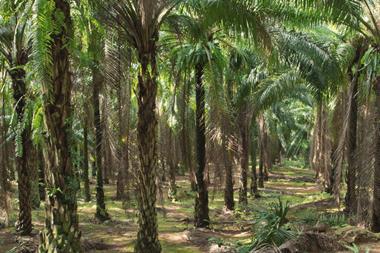
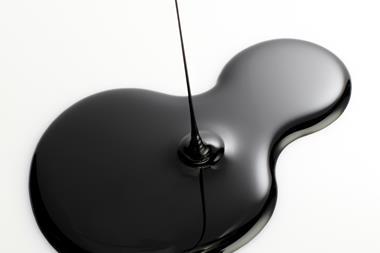
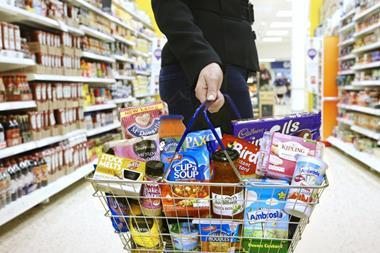

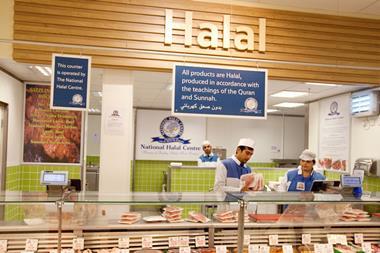







No comments yet